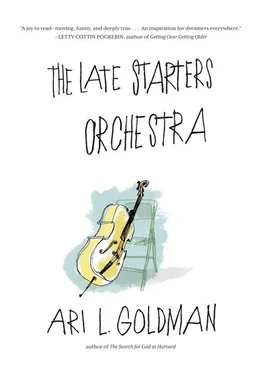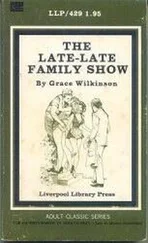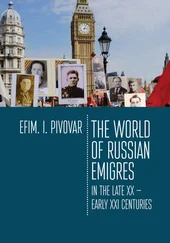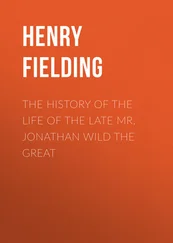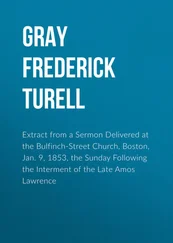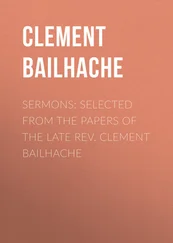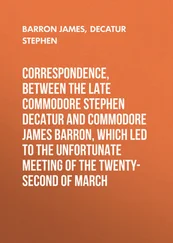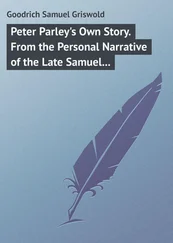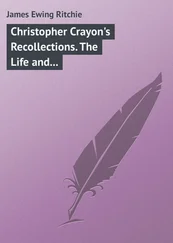But around 1450, composers sought a lower range, not so much to be played by a solo instrument, but as a lower-register — or bass — accompaniment to the high-pitched voice and violin. Bass parts began to appear with some regularity in musical notation. The cello as we know it — bigger, fuller, more robust in sound than the violin — began to take shape. The viola da braccio, as a smaller and earlier version of the cello was called, was cradled under the chin, but it was soon moved down to the ground and held between the legs. These early cellos rested on the ground when played, or they were clasped between the player’s calves or were supported by a string roped around the player’s neck. It was much later, in the eighteen hundreds, when a peg or “end pin” was added to lift the instrument a foot or so off the floor.
The first known cello maker was Andrea Amati (1520–1578) of Cremona, Italy, a luthier who made elaborately decorated cellos for the court of the French king, Charles IX. Amati’s was a family business and he passed his skills on to his sons, Antonio and Girolamo. The greatest of the Amatis was Andrea’s grandson, Nicolò, who practiced and taught the luthier art to many, including Antonio Stradivari (1644–1737) and Andrea Guarneri (1626–1698).
Both Stradivari and Guarneri went on to found their own workshops in Italy, where, working with their children and other trained craftsmen, they continued to perfect the art of violin and cello making. If some of the most famous violins that survive today bear the name Stradivarius, some of the most renowned cellos are Guarneris. Mr. J bought his Guarneri, which was made in 1669, for ten thousand dollars when he first came to New York from Guatemala in 1946. Pretty expensive back then, but nothing like it would cost later when the price of antique classical instruments skyrocketed. Smooth, satiny, and delicate in tone, Mr. J recalled, lovingly. But it proved to be more suited for chamber music than the concert stage. As Mr. J’s career advanced, and he was being invited to play with major orchestras, he needed a cello that was a stronger solo instrument. Around 1970, he sold the Guarneri to David Soyer, the founding cellist of the Guarneri String Quartet, for thirty thousand dollars. Mr. J bought a cello made by another luthier, Domenico Montagnana, who made cellos in Italy in the early seventeen hundreds. It was a mighty and robust instrument that had a big sound suited for the great concert halls. But it was not particularly suited for Mr. J. He came to regard it as too big. He eventually sold it and sought to buy back the Guareneri, but by then it was well out of his price range. Mr. J’s son Andrew told me that Soyer wanted three hundred thousand dollars for it just a few years later.
According to Margaret Campbell’s sweeping history of the instrument, The Great Cellists, cellos reached a state of perfection during this Italian period. Owing to the choice of woods and the shape, master craftsmen like Stradivari and Guarneri created instruments that amplified the vibration of the strings without favoring some notes at the expense of others. Aside from the introduction of the end pin — added by a particularly corpulent cellist, Adrien François Servais of Belgium (1807–1866), who had trouble managing the instrument between his legs — little else about the cello has changed in the past two hundred years.
For all its tonal and physical beauty, Campbell writes, the cello was for a very long time relegated to a subsidiary role in public performance. Cellists were invited into chapels and theaters to accompany singers; only occasionally were they invited to play short preludes or incidental music. According to one church instruction given them in the sixteen hundreds, they were to be “modest therein,” using ornamentation only “at the proper time and with taste.” Among the first to write music for cello was the Italian Baroque composer Antonio Vivaldi of Venice (1678–1741), who is probably most famous for his work The Four Seasons, still a concert staple of the string orchestra. While he composed hundreds of works for the violin, he also wrote twenty-seven pieces that highlighted the beauty of the cello. He wrote these in particular for the young ladies of the Ospedale della Pietà, the convent, orphanage, and music school where Vivaldi, a Catholic priest, taught. The Pietà would periodically opens its doors for public concerts throughout the seventeenth century. The young women would sing Vivaldi’s music and some would play cello and other instruments.
The first cello celebrity was a contemporary of Vivaldi, Francesco Alborea of Naples (1691–1739), the Yo-Yo Ma of his day. He was so closely associated with the instrument that he became known throughout Europe as “Franciscello.” He toured Europe, drawing audiences never before imagined for an instrument that had so long been relegated to secondary, “accompaniment” status.
The person who combined both the virtuosity of Franciscello and the great composing gifts of Vivaldi was Luigi Boccherini (1743–1805). Born in Lucca, Italy, Boccherini picked up where they left off. Boccherini started playing cello at five and made his first concert appearance at thirteen. At seventeen, he completed a set of six trios for two violins and cello that became his opus 1, the first of hundreds. His most enduring work in the modern repertoire is his Cello Concerto no. 9.
Boccherini quite literally pushed the cello to new musical heights, Mr. J told me. He demonstrated by showing me “thumb position” on his cello. He shifted his left hand from behind the neck of the cello to higher registers of the fingerboard, pressed down firmly on the strings, and then proceeded to explore the full soprano range of the cello that Boccherini opened up. I’m playing the cello, Mr. J said, but you are hearing the violin.
Although Boccherini produced some of the most gorgeous music for the cello, he remains one of the instrument’s tragic figures. He was recognized as a prodigy and was celebrated in the courts of Europe, picking up patrons and commissions as he went. In 1771, at the age of twenty-eight, he married Clementina Pelicho, who bore him five children but who died of a stroke a few years later. Then his patron, Infante Don Luis, died. But his troubles weren’t over. Next, his publisher, in whom he had entrusted all his compositions, stole all his royalties and commissions. When Boccherini’s two daughters died within a few days of each other from an epidemic in 1802, his biographer said that he seemed to lose all will to live. He died despondent and impoverished in 1805 at the age of sixty-two.
The next great pivotal figure in the history of the cello, Pablo Casals (1876–1973), lived a happier and much longer life. If Boccherini expanded the instrument’s possibilities with the orchestra, Casals elevated it as never before as a solo instrument.
Casals was born in the Catalonia region of Spain, the son of the local church organist and his wife, a former music student of the organist who had emigrated from Puerto Rico. As a boy, Casals exhibited considerable musical talent — he sang in the church choir at five — but his father, Carlos, feared that Pablo would never make a living as a musician. He made plans to apprentice him to a carpenter. However, the boy’s mother, Pilar, insisted that he study music. “She was convinced that I had a special gift and that everything should be done to nourish it,” Casals wrote in his autobiography Joys and Sorrows. Although he played piano, flute, and violin at a very early age, he never even saw a cello until a group of traveling musicians came to his village. One of them played the cello. In his book, Casals recalls rushing home and breathlessly telling his father about the strange instrument. His father made him a cello out of a hollowed-out gourd strung with a single string. “On that homemade contrivance I learned to play many of the songs my father wrote, as well as popular melodies that reached our village from the outer world,” Casals wrote.
Читать дальше
